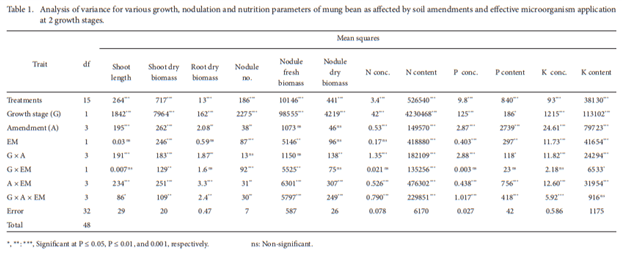Potassium (K) is an essential element for plants and is involved in nearly every aspect of plant growth. Plants require a fairly large quantity of K and it is second to only Nitrogen in quantity uptake by the plant.
The positive role K plays in plant growth are:
- Playing an essential role in photosynthesis and osmoregulation
- Activation of enzymes
- Regulation of osmotic pressure and stomata movement
- Controlling cell water content and carbohydrates biosynthesis and mobilization in plant tissues, consequently carbohydrates play a serious role in fruit set
- Potassium plays a key role in N uptake and translocation from roots to vegetative growth
- Deeper rooting. K helps plant roots penetrate to access deeper soil water
- Faster closing of the crop canopy
It is very important to ensure there is an adequate supply in the soil to maintain good growth. When the potassium supply is limited, plants have reduced yields, poor quality, utilize water less efficiently, and are more susceptible to pest and disease damage. Unfortunately in many parts of the world, soils are becoming depleted of K, due to years of intensive cropping and repeated nutrient removal through harvest.
Impact of EM on Potassium
An active soil microbial community is essential for ensuring that our plants get access to the nutrients it needs for optimal growth, which is where EM fits in. An application of EM will add a huge input of beneficial Bacteria, Fungi and Yeasts, but it will also stimulate the resident microbes to create an active microflora. In addition the microbes in EM® will solubilise compounds both organic and inorganic that are largely unavailable to plants and make them available for uptake by the plants root system allowing the plant to put more energy into growth. In performing this important function the Microbes create a more efficient use of added nutrients, generating a better growth response from fertiliser inputs. In order to show this I have referenced some trials, which show how EM has specifically increased the amount of potassium taken up by the plant.
The table below is from a field experiment which was conducted to determine the effects of integrated use of organic and inorganic nutrient sources with effective microorganisms on growth and yield of cotton. It showed that the uptake of potassium was relatively higher than N and P, and increase over control ranged from 10% in organic material to a maximum of 59% in NPK fertilizer + OM + EM. The first table shows yield results and the respective treatments and the second shows the NPK concentrations:

In this next trial; The Effect of Effective Microorganisms (EM) and Potassium Sulphate on Productivity and Fruit Quality of Date Palm, showed that all tested EM and potassium sulphate treatments induced high positive effect on leaf potassium content than the control treatment in both seasons. Generally, 90 ml/palm of EM combined with potassium sulphate at 1.5 kg/palm treatment proved to be the most efficient treatments in this concern.

The next trial ‘the Field evaluation of effective microorganisms (EM) application for growth, nodulation, and nutrition of mung bean’ showed the Effect of soil amendments and EM on potassium nutrition. This trial showed that the effect of growth stage, soil amendments, and EM application was significant for both shoot K concentration and total K content.

Source link














